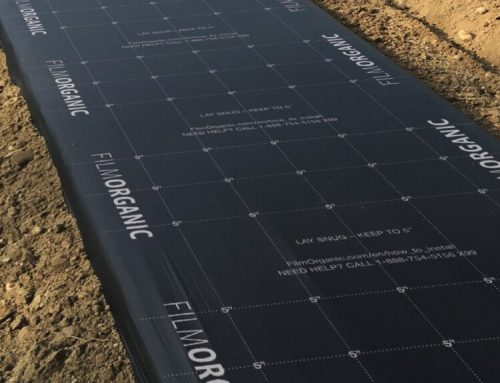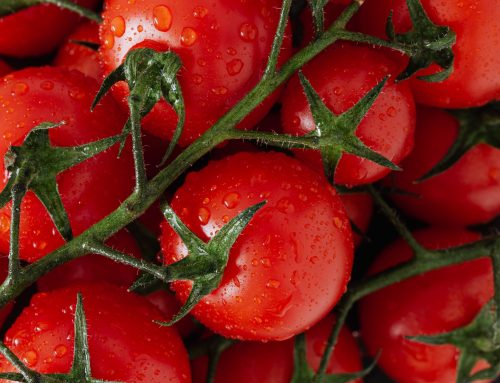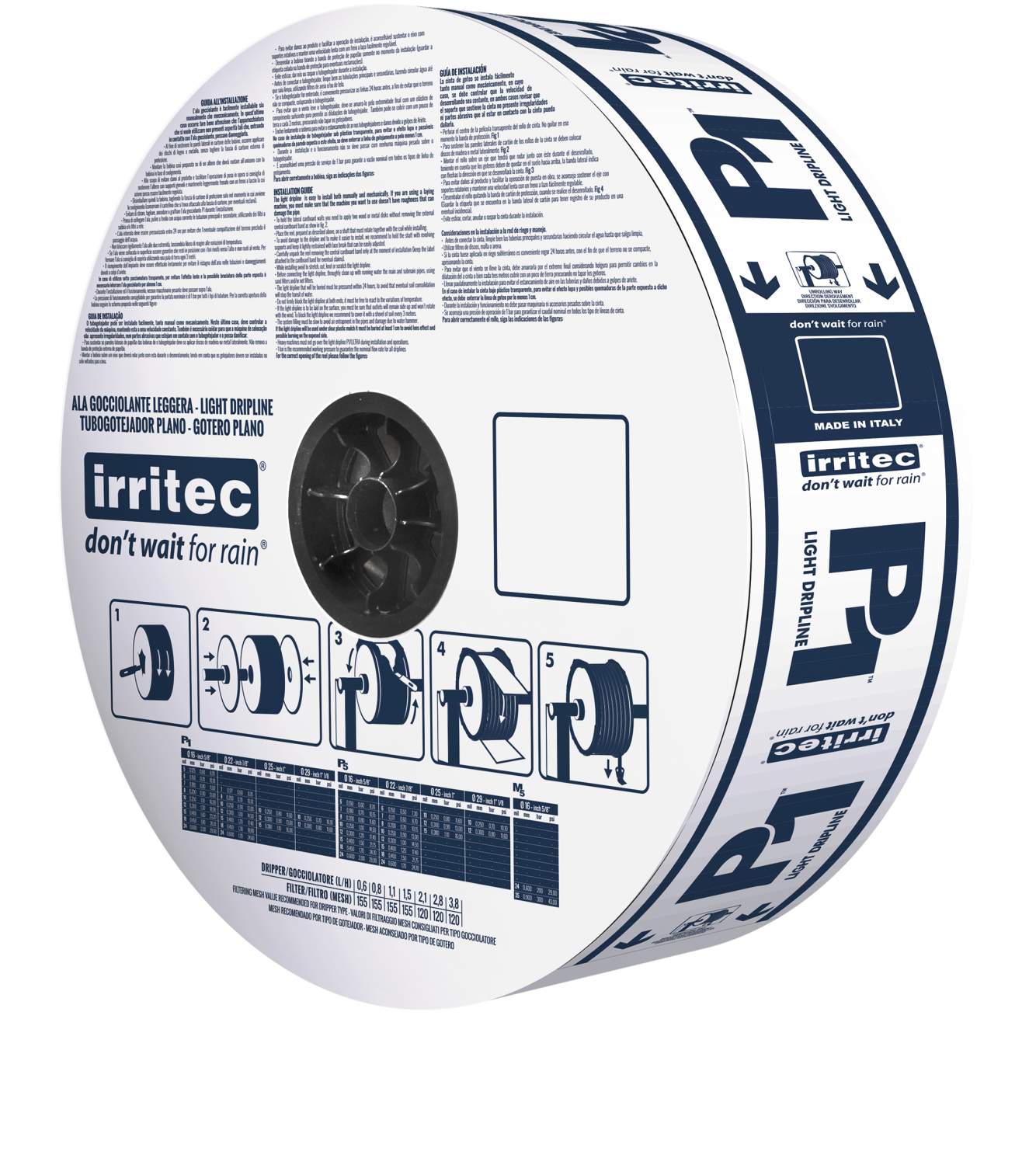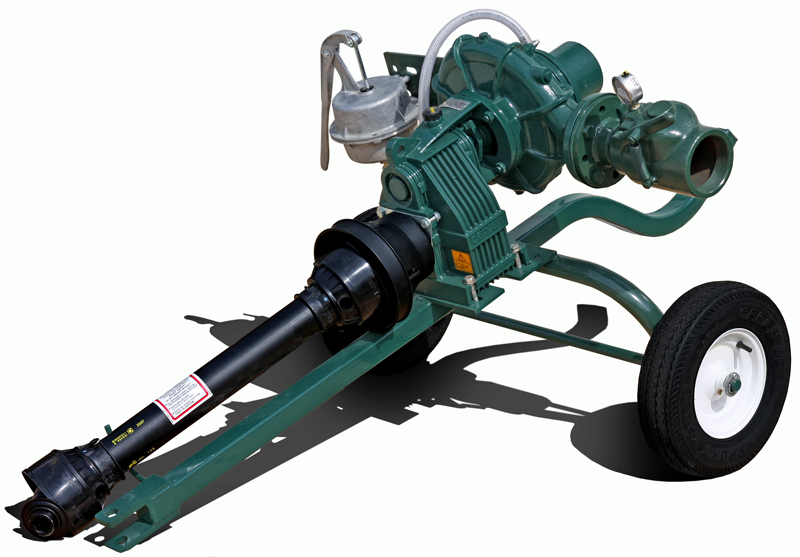There is a certain appeal to raised bed gardens. They look nice, allow you to plant earlier, and make it easier to control your soil composition. One question that many people have about raised beds tough, is the best way to water them. Most horticulturists water their crops in one of three ways. The most common methods are using hoses to spray water directly onto crops, a timed sprinkler system, or a drip irrigation system. But which one is best?
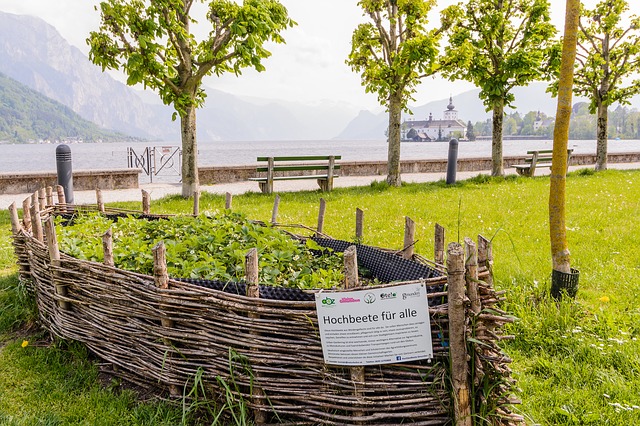
Another very popular method is using a sprinkler system to water your garden for you. They’re convenient, and allow you to water a large garden at all at once. The drawback to sprinklers, however, is that much of the water they use is wasted. Certain areas may get more water than others, and much of the water they use never even ends up in you garden at all, instead spraying the grass or walkways around your garden instead. Too much moisture on the foliage of your plants may also encourage disease.
The third way to water raised beds is called drip irrigation. Drip irrigation is when a system of pipes delivers water directly to the roots of your plants, one drop at a time, at exactly the rate that the plants can absorb it. This method is the most water conservation friendly, and ensures that the smallest amount of water possible is wasted. You can also add liquid fertilizer to a drip irrigation system to make sure that your plants get the right amount of nutrients. While initially more expensive to set up, drip irrigation systems save on water costs and time once installed. It is fairly simple to install your own drip irrigation system, either with a DIY method or by using a pre-assembled product.
There are pros and cons to every watering method, hoses and sprinklers can overwater, and plants may not be able to absorb all of the moisture they provide, but both are convenient and easily done. Drip irrigation systems may be more expensive to first set up, but can then reliably water your garden for years, and conserve water as much as possible. When deciding what system to use, examine your garden’s needs and your own schedule, and pick accordingly.



